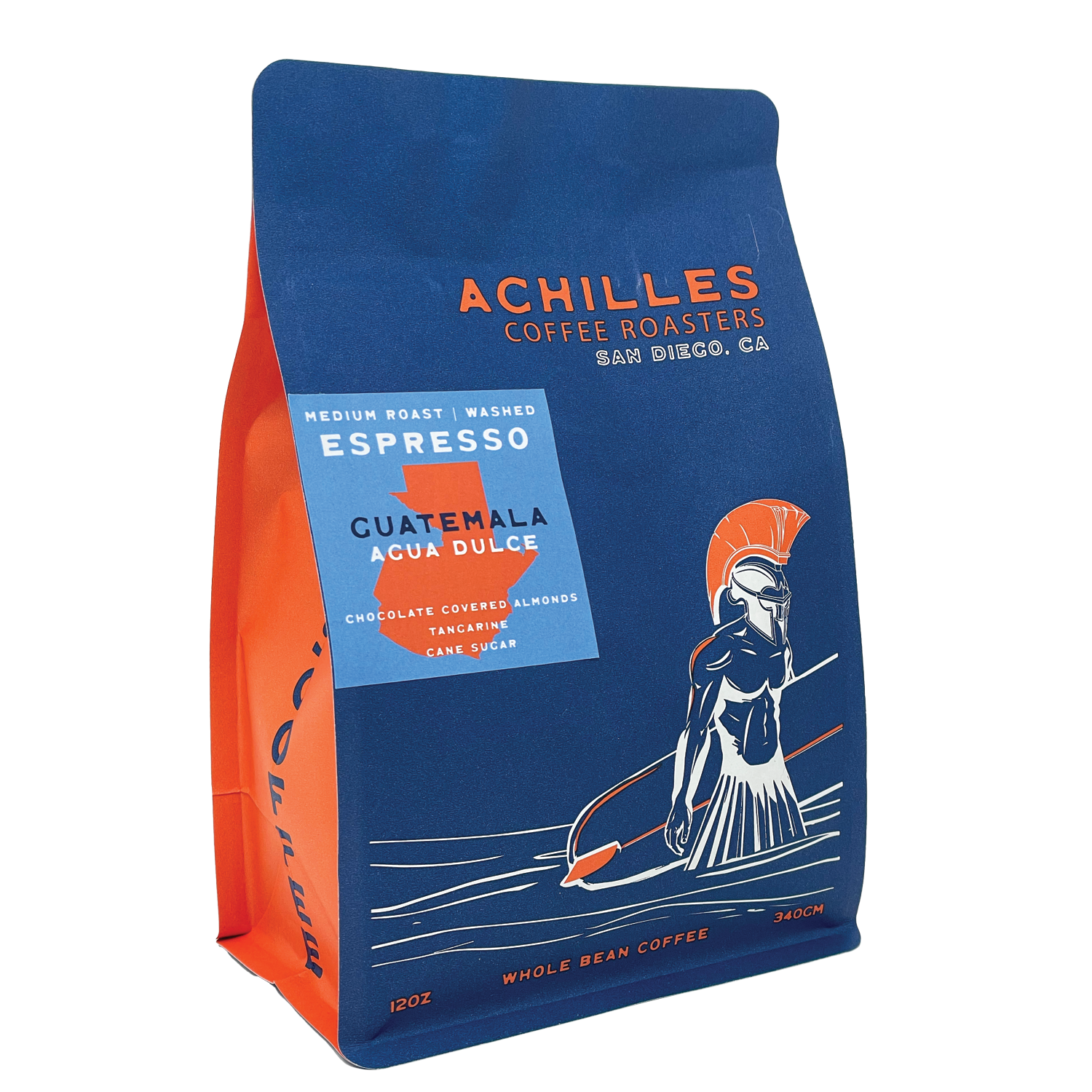How to Store SOE Single Origin Espresso for Long-Lasting Freshness
How to Store SOE Single Origin Espresso for Long-Lasting Freshness
Blog Article
Coffee Beans 101: Every Little Thing You Required to Understand About Espresso and Blended Coffee Beans
When it involves coffee, comprehending the subtleties of espresso and blended beans can transform your everyday mug. You'll discover the distinctive qualities of Arabica and Robusta beans, and just how each effects taste and high levels of caffeine material. From the growing process to toasting strategies, every action plays a duty in your coffee experience. So, what makes the perfect mixture? Allow's check out the necessary aspects that contribute to an outstanding cup of coffee.
Understanding Coffee Beans: Varieties and kinds
When diving into the world of coffee, recognizing the types and ranges of coffee beans is necessary for every single fanatic. You'll mostly come across two primary species: Arabica and Robusta. Arabica beans are known for their smooth, complex tastes and reduced high levels of caffeine content, making them a favored amongst coffee fanatics. On the various other hand, Robusta beans pack a punch with a more powerful, extra bitter taste and greater high levels of caffeine degrees, usually utilized in coffee blends.
Within these species, you'll discover various regional varieties, each bringing distinct attributes. For instance, Ethiopian Yirgacheffe provides brilliant flower notes, while Colombian beans provide a well-balanced flavor profile. As you discover, keep in mind to take notice of handling methods like cleaned or all-natural, as they can greatly influence the final taste. By acquainting yourself with these beans and their flavors, you'll elevate your coffee experience and make even more informed options in your brewing trip.
The Expanding Process: From Seed to Bean
When you check out the trip of coffee, all of it beginnings with seed selection strategies that establish the structure for top quality. From there, cultivation and gathering play necessary duties in guaranteeing the beans grow. Lastly, handling approaches change those gathered cherries into the coffee beans you enjoy.
Seed Option Strategies
Picking the appropriate seeds is vital for creating high-grade coffee beans, as it lays the structure for the entire growing procedure. Pay attention to the seed's age and storage space problems, as fresh seeds have a tendency to germinate better. Think about the illness resistance of various varieties, as this can substantially influence your return.
Growing and Harvesting
As you nurture your coffee seeds into flourishing plants, comprehending the farming and harvesting procedure is important for achieving the very best taste and top quality. Begin by growing your seeds in well-draining dirt, ideally in a shaded area to secure them from straight sunshine. As your plants grow, maintain consistent dampness, and bear in mind their demand for nutrients. Trim routinely to promote airflow and healthy and balanced growth.
Hand-picking is typically the best method to guarantee just the ripest cherries are selected. Timing is important; collecting as well late or also very early can influence the flavor profile of your beans.

Processing Techniques Clarified
As soon as you have actually collected your coffee cherries, the next crucial action is processing them to transform those vivid fruits into the beans you'll make. In the dry procedure, you spread the cherries out in the sun to dry, allowing the fruit to ferment and impart distinct flavors to the beans. Understanding these techniques is vital to enjoying your coffee experience.
Roasting Techniques: Just How Taste Is Developed
When it comes to roasting coffee beans, understanding roast levels is crucial to disclosing their distinct tastes. Each roasting method impacts the aroma and boosts the taste advancement process, offering you a richer coffee experience. Let's discover how these factors integrated to boost your daily brew.
Roast Degrees Described
Roast levels play a crucial role in forming the flavor profile of your coffee. You'll delight in bright level of acidity and fruity notes when you select a light roast. As you transfer to a medium roast, you'll discover a balance of sweet taste and intricacy, frequently highlighting chocolate or caramel tastes. Dark roasts, on the various other hand, deliver vibrant, smoky qualities with much less level of acidity, making them durable and rich. Each level arises from different roasting times and temperature levels, influencing the beans' chemical make-up. By recognizing these degrees, you can much better pick a coffee that matches your taste preferences. Try out different roasts to uncover which one resonates with you, enhancing your overall coffee experience and satisfaction.
Influence On Scent
The roast level not just influences the taste of your coffee yet likewise significantly impacts its fragrance. When you choose a light roast, you'll frequently observe bright, flower notes that can make your coffee smell vivid and fresh. As the beans dim, the fragrance changes; a tool roast draws out a lot more balanced, caramelized aromas, while a dark roast often tends to feature vibrant, great smoky touches. Each roasting strategy launches different volatile substances, forming exactly how your coffee smells. In addition, the freshness of the beans plays a critical role; fresh roasted coffee releases more aromatic oils, improving that tempting fragrance. Pay attention to the roast degree-- it's key to disclosing the full fragrant experience of your mixture.
Flavor Development Refine
As you discover the taste development process, you'll uncover that toasting methods play an important duty fit the preference account of your coffee. The roasting temperature level and time directly affect the acidity, sweet taste, and resentment of the beans. Light roasts retain more of the bean's original flavors, highlighting fruity and floral notes. Medium roasts equilibrium acidity and body, using an all-around taste. Dark roasts, on the other hand, bring out bold, great smoky attributes while decreasing the bean's fundamental qualities. During roasting, chemical reactions, like the Maillard reaction and caramelization, transform the beans and boost their complexity. Try out various roasting degrees can assist you locate your perfect brew, so do not be reluctant to taste and find the abundant SOE spectrum of tastes!
Coffee vs. Blended Coffee: Secret Distinctions
Coffee and blended coffee each deal special experiences that deal with different tastes and preferences. Coffee is a focused coffee made by compeling hot water through finely-ground coffee beans, leading to an abundant, bold taste and a luscious layer of crema ahead. It's usually enjoyed as a shot or used as a base for beverages like cappucinos and cappuccinos.
On the other hand, combined coffee incorporates different beans from various regions, developing an extra well balanced flavor account. You'll typically discover blends that highlight sweet taste, body, or acidity, making them flexible for different brewing approaches. While coffee focuses on strength, blended coffee may supply a broader variety of flavors that can transform with each sip.
Ultimately, your choice in between espresso and combined coffee boils down to your personal preference. Whether you crave a fast jolt or a leisurely mug, both options have something tasty to offer.

Brewing Techniques: Unlocking the Perfect Cup
When it pertains to brewing coffee, discovering the right technique can transform your experience and elevate your cup. Each brewing technique has its unique appeal and can substantially affect your coffee's flavor and fragrance. As an example, utilizing a French press permits you to delight in a abundant and robust brew, while a pour-over approach offers a tidy, intense cup with distinctive tastes.
If you prefer espresso, spending in a top quality maker can aid you grasp the art of drawing shots. For ease, a single-serve covering system provides rate without sacrificing preference.
Don't forget about cold mixture, which provides a smooth, less acidic coffee suitable for warm days. Experiment with various techniques to discover what resonates with your taste.
Sampling Notes: Recognizing Taste Profiles
How can you absolutely value your coffee if you don't understand what flavors to look for? Tasting notes are your guide to comprehending the intricate globe of coffee. Some coffees could leave a chocolatey or caramel aftertaste, while others might have a bright, clean surface.
Think about the body of the coffee, also; is it airy and light or thick and syrupy? Don't neglect acidity; a bright level of acidity can add liveliness, while a low acidity could offer a smoother experience. By recognizing these taste profiles, you'll grow your link with each cup, making coffee sampling a wonderful trip of exploration.

Tips for Choose and Storage Coffee Beans
Picking and storing coffee beans correctly can greatly enhance your developing experience. Begin by picking premium beans that fit your preference - SOE.
Once you have your beans, save them in a closed container to prevent direct exposure to light, air, and dampness. A dark, trendy area functions best, so avoid maintaining them in the fridge or fridge freezer, as this can introduce dampness. Just grind the quantity you require to preserve quality; whole beans maintain flavor longer than pre-ground coffee.
Last but not least, try to use your beans within 2 to 4 weeks after opening for peak preference. Adhering to these pointers will ensure your coffee remains enjoyable and savory, elevating your daily mixture to new heights.
Frequently Asked Concerns
How Lengthy Do Coffee Beans Stay Fresh After Toasting?
Coffee beans remain fresh for regarding two weeks after toasting - SOE. You must save them in an impermeable container, far from light and moisture. Afterwards, their taste and fragrance start to decrease substantially

Can I Mix Different Coffee Bean Varieties?
Definitely, you can blend various coffee bean varieties! Explore blends can enhance flavors and create an unique preference profile. Just ensure to balance the toughness and characteristics of each selection for the very best results.
What Is the Suitable Work Dimension for Espresso?
For espresso, you'll want a great grind size, about the appearance of salt. This permits excellent removal, causing a rich, delicious shot. Experiment a little bit to locate what fits your taste best!
How Does Altitude Affect Coffee Bean Taste?
Elevation impacts coffee bean flavor by affecting the growth rate and chemical make-up. Higher altitudes lead to slower growth, which boosts acidity and complexity, giving your coffee a distinct and vivid preference you won't neglect.
Are There Decaffeinated Versions of Espresso Beans?
Yes, there are decaffeinated versions of coffee beans. You can appreciate an abundant espresso taste without the caffeine kick. Simply seek "decaf" blends at your regional coffee bar or specialty store.
Coffee Beans 101: Every Little Thing You Required to Know Concerning Espresso and Blended Coffee Beans.
When diving right into the globe of coffee, recognizing the kinds and selections of coffee beans is essential for every enthusiast.When it comes to toasting coffee beans, understanding roast degrees is crucial to disclosing their special flavors. Espresso is a concentrated coffee brewed by compeling warm water through finely-ground coffee beans, resulting in a rich, strong taste and a velvety layer of crema on top.On the various other hand, combined coffee integrates numerous beans from various areas, producing a more well balanced taste profile.
Report this page